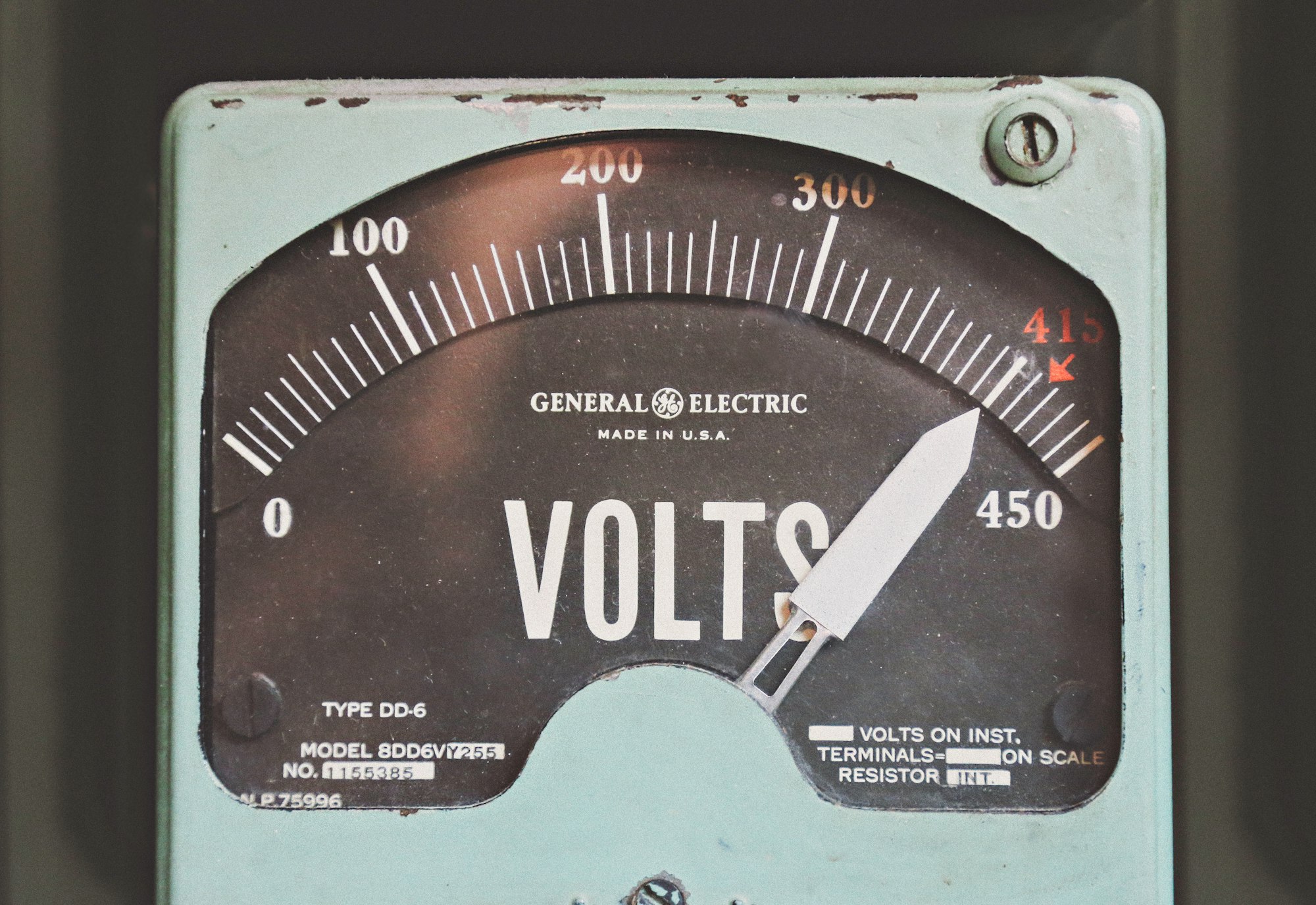MORE POWERRRR!!!

It's safe to say, that I have been an avid user of Home Assistant (HA) for a quite a while now. I have even spoke about it at a Dotnetsheff user group.
Possibly over the last 2 -3 years I have running HA on a Raspberry Pi 4 4GB and I started off like everyone did, running this magical automation suite on an micro SD card. And we can all guess how that ended... After burning out micro SD card after Micro SD card, I moved over running on an SATA M.2 SSD inside the Argon one M.2 media case https://amzn.to/3ArjGVl. Great! the performance there alone was amazing!
Around a year and half ago I started to play around with ZigBee devices, from bulbs, to buttons, to sensors. Doing this took me down the route of a range of different dongles to choose the best and unfortunately the worst, if you dont know when you are running a PI with home assistant and a ZigBee dongle and SSD running through the USB BUS, then you have to have the dongle on an extension to get them as far away from the PI as you can, as to not cause electrical / signal interference. Thats fine though, it's how we all run it these days!
Next up, I have a range of Amcrest POE IP cameras around the outside of the house, these all feed there data back in a 30TB Synology DS1522+ https://amzn.to/3He1iTy, these are just raw dumping footage, no smarts there... Because of this I wanted something to give me an active timeline and time log stamping with clips / footage. In walks Frigate, the docker hosted NVR suite with AI capability! An amazing suit of a tool! The down side to this, I need a USB Google Coral chip to process the AI smarts of it. At the time I discovered this there was a HUGE chip shortage, but I finally got my hands on one and added that to my suit of home automations and such.
On top of above, I use a range of addons and integrations within my HA instance to keep things ticking over, all these add on to the CPU and RAM usage of the PI4. Now I havn't really seen too much of an issue, but... it should be better.
In steps a Dell OptiPlex MFF 3040 https://amzn.to/3NdsXrr, a Gen6 i5 (4 core 2.5GHZ), 16gb Ram and 256GB SSD https://amzn.to/3PNo4Xx, this thing is great! Absolutely overkill for running my HA instance on but enough power and headroom to run a magnitude of addon's and integrations with no need to worry around performance holding it back. On top of the amazing specs, we also have an ultra low power draw, now im still to test the total power draw, but it shouldn't be too high at all.
Will the low power draw be as good as a raspberry pi?
Well no... not really, but I do now have lots of high speed storage for Frigate, 4 2.5GHz cores and also quick sync support if I ever wanted to repurpose the box later down the line.
The next advantage of running a OptiPlex MFF is the footprint, coming in at 3.6 x 17.6 x 18.2 cm you can place this unit anywhere!
With the Home Assistant OS installed directly on to the OptiPlex, I have started to rebuilt my HA instance from the ground up. Hopefully over the next few weeks I might try and post a few blogs on how I've gone about configuring it and such.
Untill the next one.